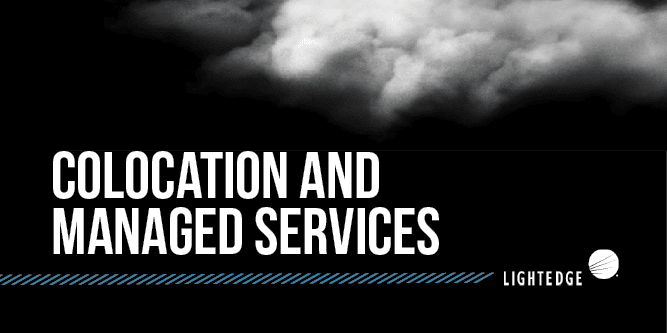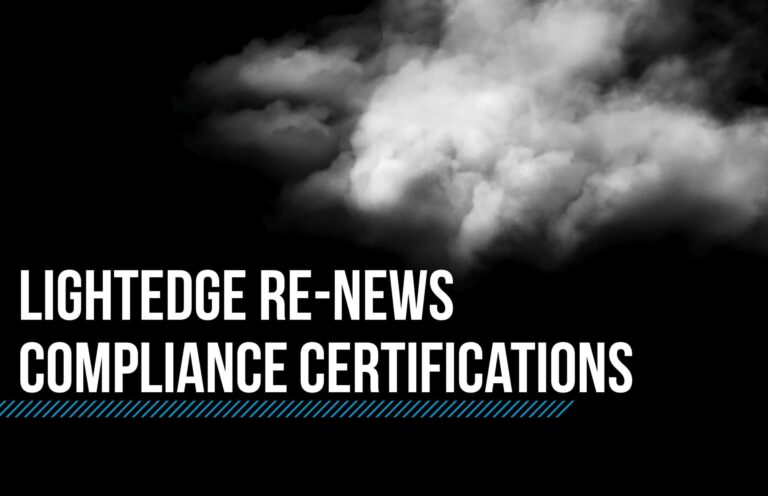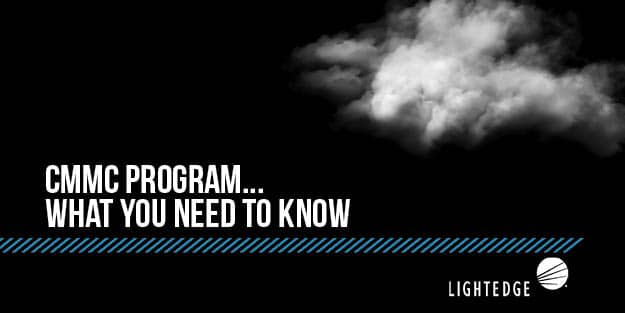Going Beyond Compliance: Four Tips for Better Data Security
April 25, 2018

Lightedge
Author

Meeting compliance standards to ensure cybersecurity is a priority for all business across every industry, but is it enough? In today’s landscape, the cost of a breach can be much more than losing profit. Meeting compliance regulations and standards are essential and provide a framework for the protection an organization needs. Yet, going beyond the minimum compliance standards has become the new norm for an effective security program.
With high profile security breaches continually popping up in the headlines, organizations that comply with industry security standards are still struggling to lock down data. Although these regulations are essential, there are new threats emerging each day at a rate that regulators cannot keep up with to revise guidelines.
Breaches are costly in more ways than one
The Ponemon Institute’s annual 2014 Cost of a Data Breach Study found that the average cost to a breached company reached $3.5 million, a 15 percent rise over 2013. Money isn’t the only thing that goes out the door when a breach occurs. The study also found that hits to the company reputation and customer loyalty were two of the areas that were hurt the most.
When a security breach occurs, long-time customers lose trust in a company and seek services elsewhere, while new customers won’t consider doing business with the organization because of the newly downgraded reputation.
Here are four tips to go beyond compliance for better data security:
1. Gain a new mindset
Simply meeting a minimum standard is no longer an adequate security tactic. Organizations must build on existing security policies for user access and management or use a provider that does. By allowing only segmented groups of users to have access to privileged applications of information is a great way to reduce risk.
It is by changing an organization’s mindset on compliance, and then overlaying any specific compliance requirements, that a company can secure its data and block any cybersecurity threats.
2. Create and test a disaster recovery plan
Expect the unexpected, then prepare for it. A total of 30 percent of business do not currently have a disaster recovery strategy. Disaster recovery and business resilience is backup and replications that ensures uninterrupted availability to your business operations.
At the core of any emergency preparedness plan is a facility that will maintain operations during an unplanned outage. Once a disaster recovery plan is in place, it’s essential to test it for vulnerabilities. These tests will help to patch any weaknesses and keep the plan current.
3. Communicate, communicate, communicate
Many breaches come from human error. With consistent communication and employee training, these breaches can be prevented. If a new security policy is put in place, there should be immediate communication to all parties involved. An organization should always transparent about security policies and know exactly what vendors accreditations are.
4. Know your provider and understand the security agreement
Many times, providers will over simplify their security policies and your agreement. Yet, every new and diverse network connection represents a potential vulnerability. Organizations should clearly define and track which party is in charge of what when it comes to securing data. This information should never be generalized, and always be in your service provider contacts.
Need help getting started? Lightedge specializes in compliance as a service. Compliance is Lightedge’s main priority across all our solutions and services that we offer. In fact, Lightedge goes as far as accepting compliance risk on behalf of our customers. If you would like to learn more about Lightedge’s compliance and security offerings, get in touch with one of our compliance and security experts. Contact us here to get started!


